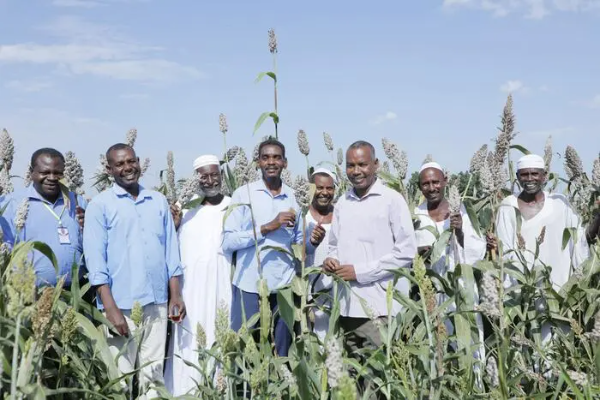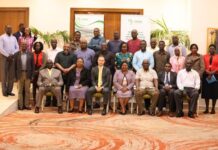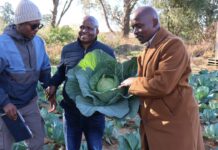
Despite facing significant obstacles, Sudan’s sorghum production during the 2024/25 growing season has surpassed expectations, according to a recent report by the International Maize and Wheat Improvement Center (CIMMYT).
The study, part of the Sustainable Agrifood Systems Approach for Sudan (SASAS), highlights the resilience of Sudanese agriculture in the face of adversity.
The assessment focused on key sorghum-producing regions: Gedaref, White Nile, Blue Nile, and the New Halfa irrigation scheme in Kassala. Sorghum, a staple crop in Sudan, plays a crucial role in food security and is often stored in underground pits known as Matmuras, serving as a reliable food reserve.
Utilizing satellite imagery and ground-truthing methods, researchers evaluated the area under cultivation, crop health, and yield estimates. The analysis revealed that, overall, crop conditions were better than anticipated, with several regions recording increased planting areas compared to previous seasons.
“The in-situ and satellite data we collected indicate above-average sorghum production, resulting in grain for locally procured food aid for other regions of Sudan,” stated the researchers.
In Gedaref, the sorghum planting area saw a slight increase from the 2023/24 season. White Nile and Kassala also reported planting areas above their long-term averages, while Blue Nile experienced a decline. Specifically, Kassala’s New Halfa irrigation scheme had an estimated 734,000 hectares under sorghum cultivation.
The average productivity of rainfed sorghum across the assessed states was approximately 0.9 tons per hectare. Total estimated production reached 2.65 million tons, distributed as follows: Gedaref produced 1.57 million tons, White Nile 0.70 million tons, Blue Nile 0.31 million tons, and New Halfa in Kassala 0.07 million tons.
A notable factor contributing to the improved yields was the support provided to farmers in the New Halfa irrigation scheme. Assistance included access to improved and certified seeds, fertilizers, herbicides, and regular crop management advice, covering approximately 15% of the cultivated area.
The report underscores the importance of continued investment in agricultural support and infrastructure to sustain and enhance food production in Sudan. It also highlights the potential of combining traditional farming practices with modern technologies to improve resilience and productivity in the face of climatic and economic challenges.
CIMMYT’s findings offer a cautiously optimistic outlook for Sudan’s agricultural sector, emphasizing the need for sustained support to ensure food security and economic stability in the region.
Additionally, the researchers pointed out that a strong demand for sorghum grain will entice farmers to continue to invest in sorghum production in the coming rainy season.








